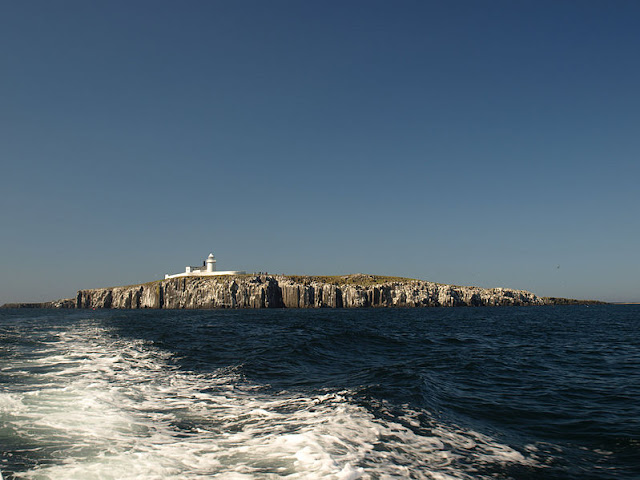The British coast has been the scene of so many dramatic events over the centuries, many involving murder and mayhem, that it is not surprising that there are many ghost stories associated with our coast. On the occasion of Halloween, here is a selection of the best coastal ghost stories.
Old inns on the coast are a particularly rich source of ghost sightings. The
Dolphin Inn in Penzance is frequented by an old salty seadog called George. George has been heard tramping around the inn, his heavy footsteps quite out of keeping with the present-day carpeted surfaces. Another story describes a fair-haired figure appearing at the foot of a bed in the inn.
The smuggling activities which took place around the British coast in the past are another source of hauntings. In Weybourne, Norfolk, there is a mysterious whistling sound which can be heard at dusk on nights when the full moon is due. One person who witnessed this phenomenon thought they could make out the outline of a man standing on the shore. Legend has it that this was the ghost of John Smythe, a smuggler who operated many years earlier.
The erosion which is a feature of huge swathes of our coast has led to whole communities being swallowed up by the sea. One of the most famous of these is Dunwich, a former major seaport which was washed away by the sea in the 14th century. Submerged church bells are still heard to this day, warning of coming storms, while shadowy figures, thought to be the ghosts of former inhabitants, are sometimes seen on the clilff tops.
Many apparitions stem from people who have been put to death for a misdemeanour. For example, on stormy winter nights in Gosport, clanking sounds can be made out on Blockhouse Point. These are thought to come from the chains of Jack the Painter who was hanged for starting a fire in the harbour ropehouse in 1776. In Meeting House Lane in Brighton, the ghost of a monk who was walled up alive for running away with a local girl is often seen disappearing through a bricked-up doorway next to the Friends’ Meeting House.
Other supernatural phenomena have come about as a result of the dark arts which were practised in the past. In
Reculver on stormy nights babies’ cries can be heard. In the 1960s a number of babies’ skeletons were unearthed by archaeologists, the theory being that they were buried alive during sacrifices.
Castles are always a reliable source of ghostly activity given the often violent history associated with them. At
Skipness Castle at the mouth of Loch Fyne the ghost of a “gruach” – a small long-haired spirit – also known as the Green Lady – is said to have defended inhabitants of the castle when danger loomed. At Flamborough, the ghost of a headless woman known as the “White Lady” haunts Danes’ Dyke earthwork west of the village. At
Margam Castle, near Port Talbot, the very angry ghost of a gamekeeper called Robert Scott is seen climbing the steps of the house, or on the Gothic staircase inside. Doors are slammed and objects are thrown. Scott is said to have died at the hands of a poacher. There have also been reports of laughing children and the sound of footsteps in the building.
These are just some of the many ghost stories associated with the British coast and its fascinating past. So on this Halloween, mind your backs, but don’t shy away from discovering our incredible coastline!




























